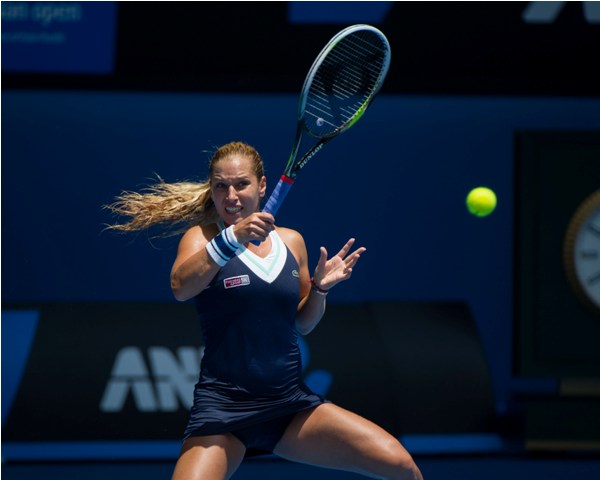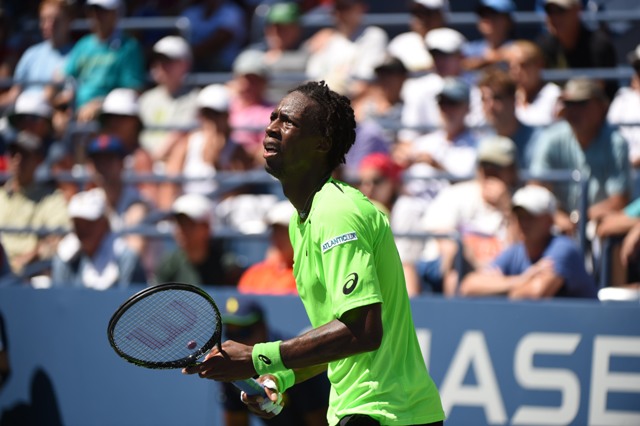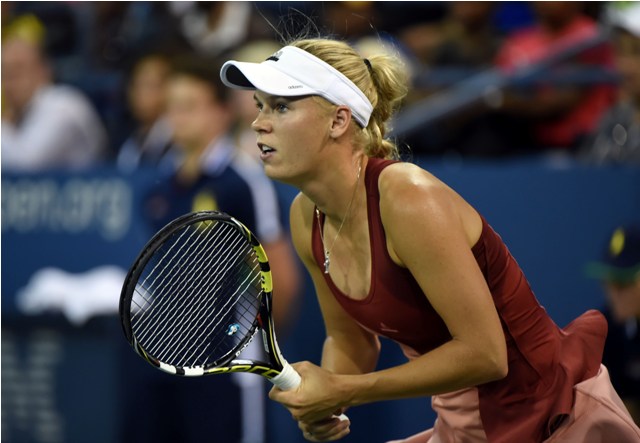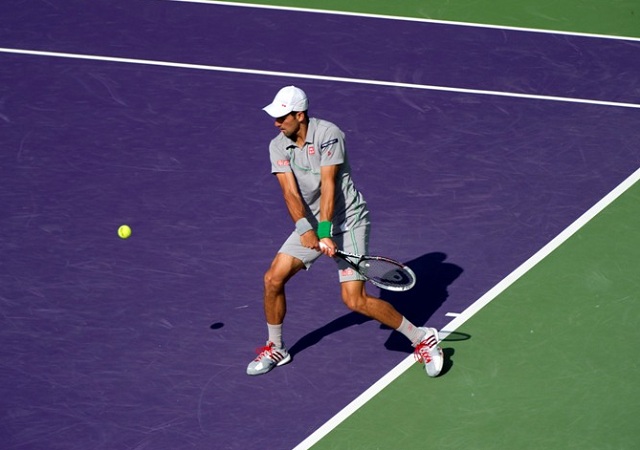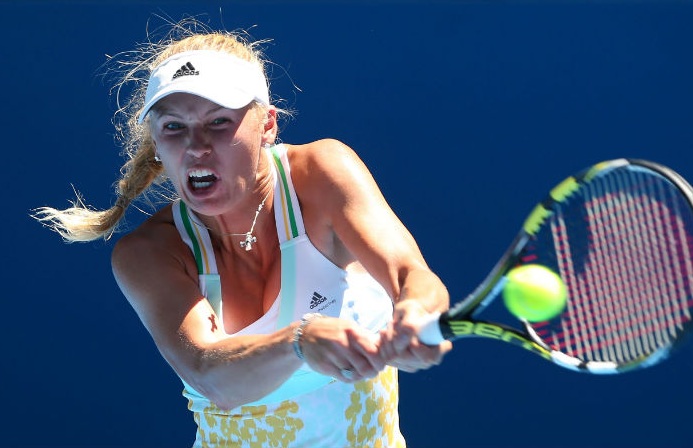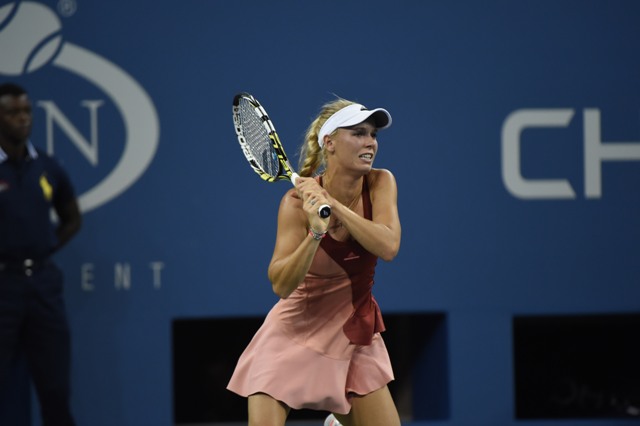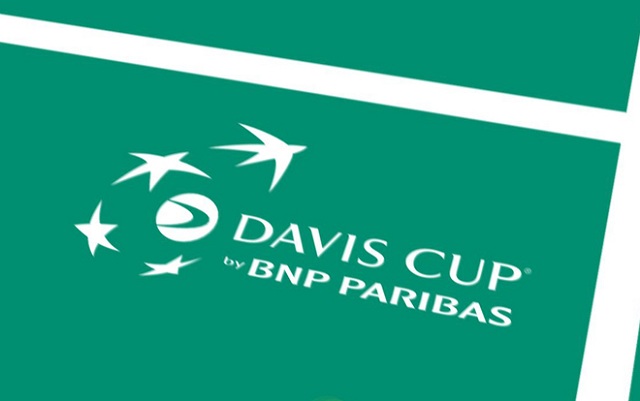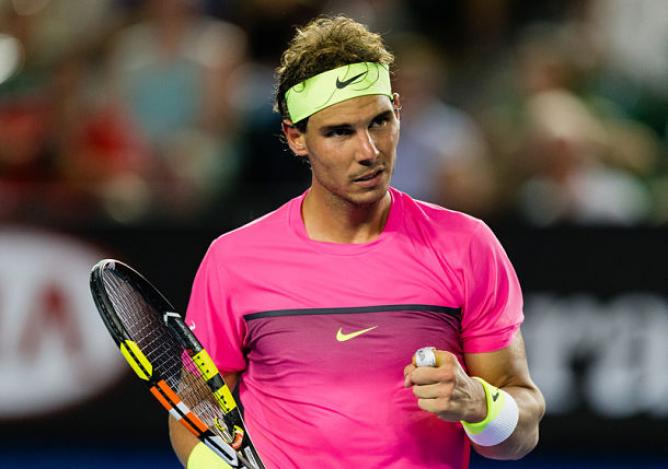Dominika Cibulkova Withdraws from Indian Wells to Undergo Surgery

Former Australian Open champion Dominika Cibulkova announced that would withdraw from Indian Wells to undergo surgery on her left Achilles heel to repair an injury that had bothered her for several years.
“I have been having difficulties with my Achilles on and off for several years now,” Cibulkova said in a statement to the media. “As the inflammation in my Achilles hasn’t improved and after consulting my team and my doctor, I have decided to do a routine surgery.
“It is never an easy decision to make and I will be disappointed to miss a number of upcoming events but fixing my chronic injury is more important at this stage. The plan is to do the surgery on Monday and I am looking forward to making a full recovery in the near future with the goal of being 100% ready for the grass court season.”
After starting 2014 in fantastic fashion with a runner-up finish at a Grand Slam final, Dominika Cibulkova was unable to do much with the remainder of her season on the tour. She failed to win more than one title that year and finished the season with a 33-24 record. She also failed to go past the third round of any event since April 2014. She has a lot of points to defend over the next six weeks but very few past April.
Article Continues Below Ad
The world No. 23 has played four tournaments so far this season and compiled a 7-4 record over that time. She was unable to duplicate her efforts at the Aussie Open this season and was knocked out in the quarter-final stage by Serena Williams.


